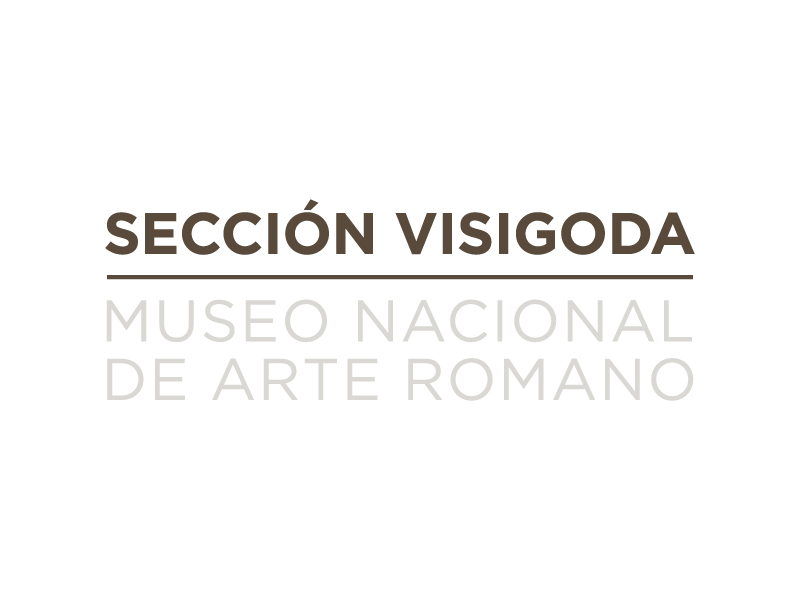Visigoth Section of the National Museum of Roman Art in Mérida
Ministry of Culture
(International competition / Second Place)
Visigoths were buried with the brooches and buckles that girded their tunics in life. In Spain, eagle-shaped clasps with a Byzantine influence were used, and when in pairs, they served a dual purpose, both functional and ornamental: the eagle that looked forward represented the future, or premonition; the eagle that looked to the rear represented the past, or memory.
The proposed logo, and the very nature of memory served by a museum, was reinforced by the strong will of a modern institution that also looks forward.
Submitted jointly by Enrique Colomés (architecture), Serrano Bulnes y Asociados (museography), and Estudio Pérez Medina (visual identity).
Los visigodos acostumbraban a ser enterrados con las fíbulas o hebillas que ceñían su túnica en vida. En España se dieron fíbulas aquiliformes con influencia bizantina que, por parejas, cumplían una función práctica y ornamental, pero también puramente simbólica: el águila que miraba hacia delante, expresaba premonición o futuro y el que miraba hacia atrás, expresaba memoria.
Con el logotipo propuesto, la atención a la memoria propia de un museo, se refuerza con la firme voluntad de una institución moderna que desea atender de igual modo al futuro.
Propuesta conjunta del estudio de Enrique Colomés (arquitectura), Serrano Bulnes y Asociados (museografía) y Estudio Pérez Medina (identidad visual).






